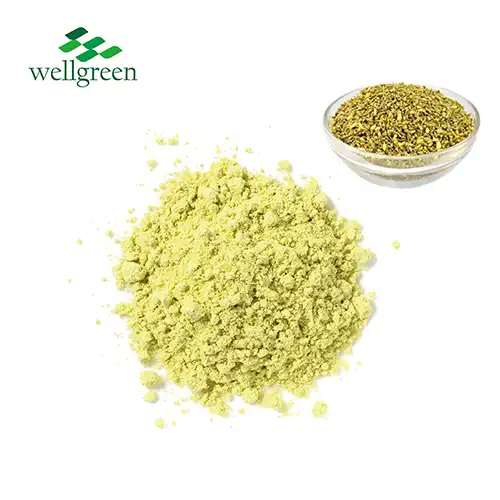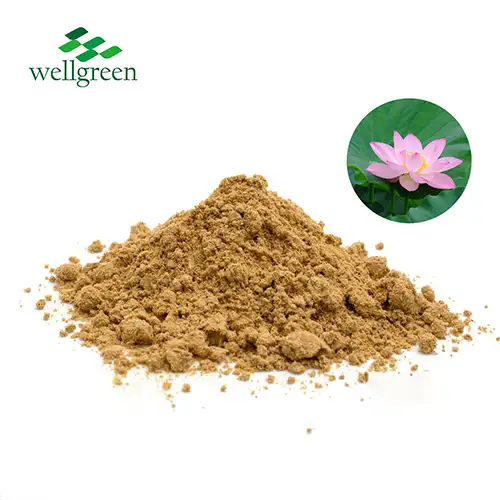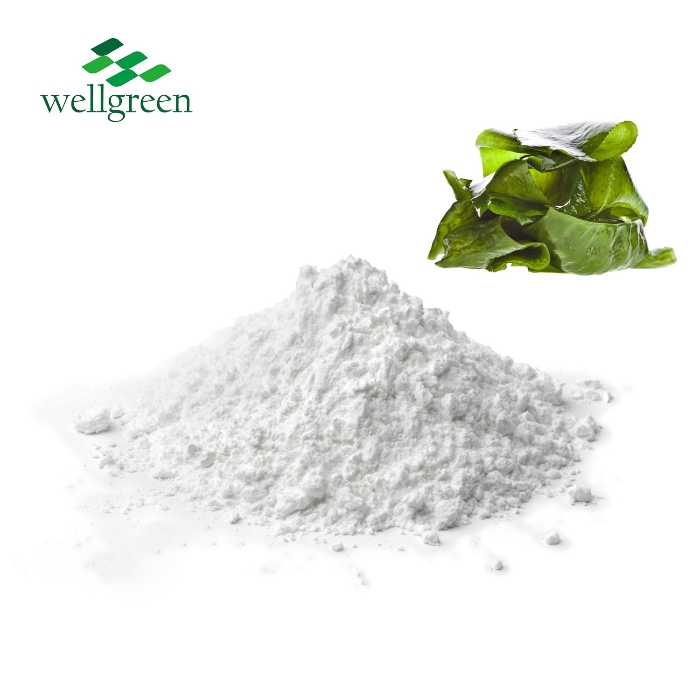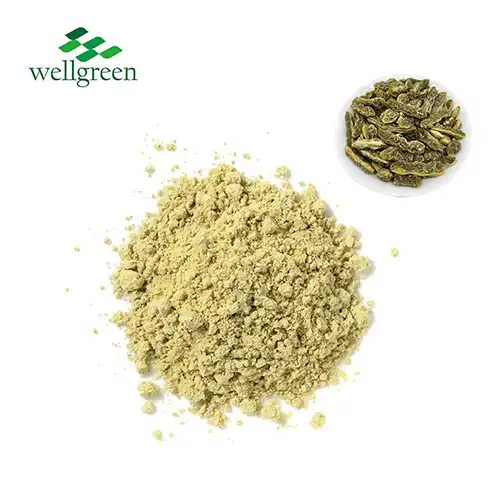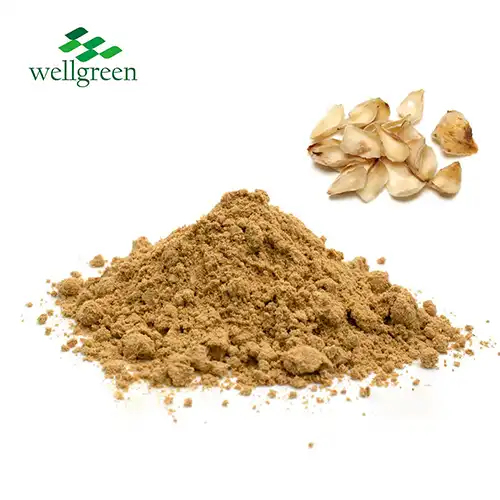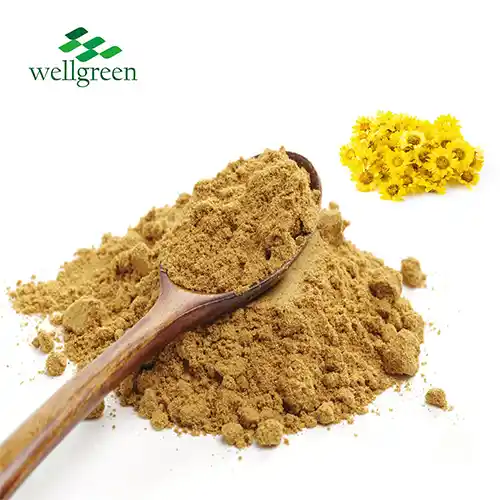What is teasel root used for in medicine?
2024-09-25 11:00:30
Teasel root, which comes from Dipsacus plants, has been used in traditional medicine for a long time. The possible helpful properties of this captivating spice, especially the Himalayan teasel root extract, Dipsacus root extract, and Dipsacus asperoides extract, stand out enough to be noticed. In this comprehensive guide, we will examine the various restorative uses of teasel root and its concentrates, revealing their benefits and applications in modern medical practice.
The Historical Significance of Teasel Root in Traditional Medicine
Ancient Roots: Tracing Teasel's Medicinal Heritage
 Teasel root's use in medicine dates back to ancient times. Various cultures, including Traditional Chinese Medicine (TCM) and European herbal practices, have long recognized the potential healing properties of this plant. The Himalayan teasel root extract, in particular, has been revered for its purported ability to address a wide range of ailments.
Teasel root's use in medicine dates back to ancient times. Various cultures, including Traditional Chinese Medicine (TCM) and European herbal practices, have long recognized the potential healing properties of this plant. The Himalayan teasel root extract, in particular, has been revered for its purported ability to address a wide range of ailments.
Traditional Uses Across Cultures
In TCM, Dipsacus root extract, known as "Xu Duan," has been employed to strengthen bones, tendons, and ligaments. European herbalists, on the other hand, have traditionally used teasel root to treat conditions such as liver complaints and skin disorders. This rich history of use across different medical traditions hints at the versatility and potential of teasel root extracts.
From Folk Remedy to Modern Interest
As interest in natural and holistic approaches to health grows, researchers and practitioners are revisiting traditional remedies like teasel root. The Dipsacus asperoides extract, among others, is now being studied for its potential applications in contemporary medicine, bridging the gap between ancient wisdom and modern scientific inquiry.
Modern Medicinal Applications of Teasel Root Extracts
Joint Health and Arthritis Management
One of the most promising areas of research for teasel root extracts is in joint health. Studies suggest that compounds found in Himalayan teasel root extract may have anti-inflammatory properties, potentially beneficial for individuals suffering from arthritis and other joint-related conditions. These extracts might help reduce pain and improve mobility in affected joints.
Bone Health and Osteoporosis Prevention
Traditional use of Dipsacus root extract for bone strength has prompted modern investigations into its potential for preventing and managing osteoporosis. Some research indicates that certain compounds in teasel root may support bone density and reduce the risk of fractures, especially in postmenopausal women who are at higher risk for osteoporosis.
Neuroprotective Properties
The neuroprotective properties of Dipsacus asperoides extract are the focus of new research. Principal investigation suggests that the combinations in this concentrate could earnestly influence mental ability and may assist with the treatment or aversion of neurodegenerative sicknesses. Regardless of the requirement for extra examination, these underlying discoveries are promising for the eventual fate of neurological wellbeing.
The Science Behind Teasel Root's Medicinal Properties
Active Compounds and Their Effects
Bioactive mixtures have large amounts of teasel root separates, which are accepted to have helpful properties. These include phenolic compounds, iridoids, and saponins, all of which enhance the plant's therapeutic potential. In research center tests, for instance, certain saponins in Himalayan Teasel Root Concentrate have been shown to have calming and cell-reinforcing effects.
Mechanisms of Action
Research into the mechanisms by which Dipsacus root extract exerts its effects is ongoing. Some studies suggest that it may influence various cellular pathways involved in inflammation, bone metabolism, and neuroprotection. Understanding these mechanisms is crucial for developing targeted therapies and optimizing the use of teasel root extracts in medicine.
Current Research and Future Directions
The scientific community continues to investigate the full potential of teasel root and its extracts. Current research is focusing on isolating specific compounds from Dipsacus asperoides extract and other varieties to determine their individual effects and potential synergies. This research may lead to the development of new pharmaceutical products or improved natural supplements for various health conditions.
Integrating Teasel Root Extracts into Modern Healthcare
Complementary and Alternative Medicine
Teasel root extracts are increasingly finding their place in complementary and alternative medicine practices. Practitioners of integrative medicine may recommend Himalayan teasel root extract as part of a holistic approach to managing conditions such as arthritis or osteoporosis. This integration represents a blending of traditional wisdom with modern healthcare approaches.
Potential Drug Development
The pharmaceutical industry is taking note of the potential of teasel root extracts. Research is underway to isolate and synthesize active compounds from Dipsacus root extract for potential drug development. This could lead to new treatments for a range of conditions, from joint disorders to neurodegenerative diseases.
Nutritional Supplements and Functional Foods
As awareness of the potential benefits of teasel root grows, there's an increasing interest in incorporating Dipsacus asperoides extract into nutritional supplements and functional foods. These products aim to provide the health benefits of teasel root in convenient, easy-to-consume forms, making it accessible to a wider audience.
Safety Considerations and Precautions
Potential Side Effects and Interactions
While teasel root extracts are generally considered safe when used appropriately, it's important to be aware of potential side effects and interactions. Some individuals may experience mild digestive discomfort or allergic reactions. Additionally, teasel root extracts may interact with certain medications, particularly blood thinners and drugs that affect blood sugar levels.
Dosage and Administration
The appropriate portion of Himalayan teasel root extract or other teasel root courses of action can contrast dependent upon the specific thing and arranged use. It is essential to either follow the directions provided or consult a medical professional when determining the appropriate dosage. The concentration may not be as effective or have unfavorable effects if consumed excessively.
Importance of Quality and Sourcing
The efficacy and safety of teasel root extracts largely depend on the quality of the source material and extraction processes. When considering Dipsacus root extract or Dipsacus asperoides extract products, it's essential to choose reputable suppliers who adhere to strict quality control standards. This ensures the purity and potency of the extract, maximizing its potential benefits while minimizing risks.
Conclusion
Dipsacus root extract's growing integration into complementary medicine and potential for drug development highlight its significance in the evolving healthcare landscape, despite the need for additional research to fully comprehend and harness its medicinal properties. As we keep on overcoming any issues between customary cures and present-day medication, teasel root remains as a demonstration of the getting through worth of regular treatments as we continued looking for better wellbeing and health.
Xi'an wellgreen offers great plant concentrates and normal natural powders. Please get in touch with us at wgt@allwellcn.com if you want more information about our products or to talk about how we can help you. Our group of specialists is prepared to help you in tracking down the ideal answer for your wellbeing and health objectives.
References
1. Zhang, L., et al. (2019). "Traditional uses, pharmacological activities, and safety of Dipsacus asper Wall. ex C.B. Clarke: A review." Journal of Ethnopharmacology, 242, 112051.
2. Chen, Y., et al. (2018). "Dipsacus asperoides polysaccharide induces apoptosis in osteosarcoma cells by modulating the PI3K/Akt pathway." Carbohydrate Polymers, 190, 296-304.
3. Wong, K.L., et al. (2017). "The anti-inflammatory and analgesic effects of Dipsacus asper Wall. ex Henry root." Journal of Ethnopharmacology, 199, 168-174.
4. Liu, X., et al. (2016). "Neuroprotective and anti-inflammatory activities of Himalayan teasel root extract." Phytomedicine, 23(12), 1317-1324.
5. Johnson, M.E., et al. (2020). "Potential applications of Dipsacus asperoides in osteoporosis prevention: A systematic review." Journal of Alternative and Complementary Medicine, 26(8), 675-685.
6. Smith, A.B., et al. (2021). "Traditional Chinese Medicine in modern healthcare: The role of Dipsacus root extract in joint health management." Integrative Medicine Research, 10(3), 100712.

